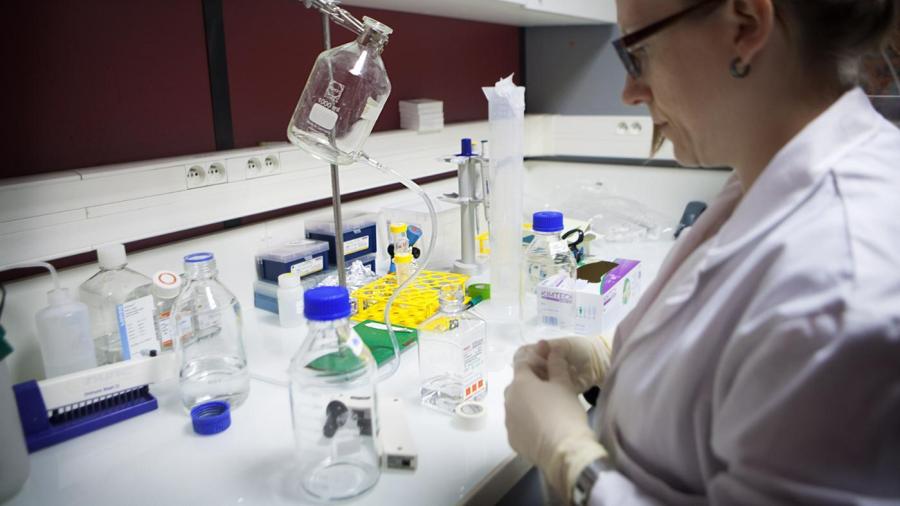What Are the Uses of Radium?

Radium is used as a source of radiation for treating certain malignant growths such as cancer. It is also used to examine flaws in materials through acquiring images similar to those obtained using X-rays.
Radium is a highly radioactive metallic element that results from the natural disintegration of uranium. Its discovery in 1898 led to further research into the nature of atoms. This toxic element emits alpha particles, beta particles and gamma rays. The radiation it emits makes some substances, including zinc sulfide and diamonds, glow. Radium is found in small amounts in seawater and rocks. The main sources of radium are pitchblende and other ores of uranium.
The radiation given off by radium destroys or severely injures living cells, making the element useful in treating cancer; although, it is very dangerous to handle. Radium causes damage to body tissues when ingested. When combined with zinc sulfide, radium produces a luminous paint. This used to be painted on the dials of watches and clocks. However, the use of radium in the production of luminous paints was considered too dangerous, so other more powerful and safer radioactive sources have replaced radium. Production of radium is only around 100 grams each year.
In the early years after it was just discovered, radium was used in consumer products, such as hair tonics and toothpaste. Before the dangers of radium were clearly understood it was used in many consumer products ranging from toothpaste to elixirs. Special powers were attributed to it due to the luminescence it produced when mixed with phosphorous. Most of these early uses have now been discontinued. The earliest forms of radiation in cancer treatments also used radium, but this has now largely been replaced by cobalt-60.





